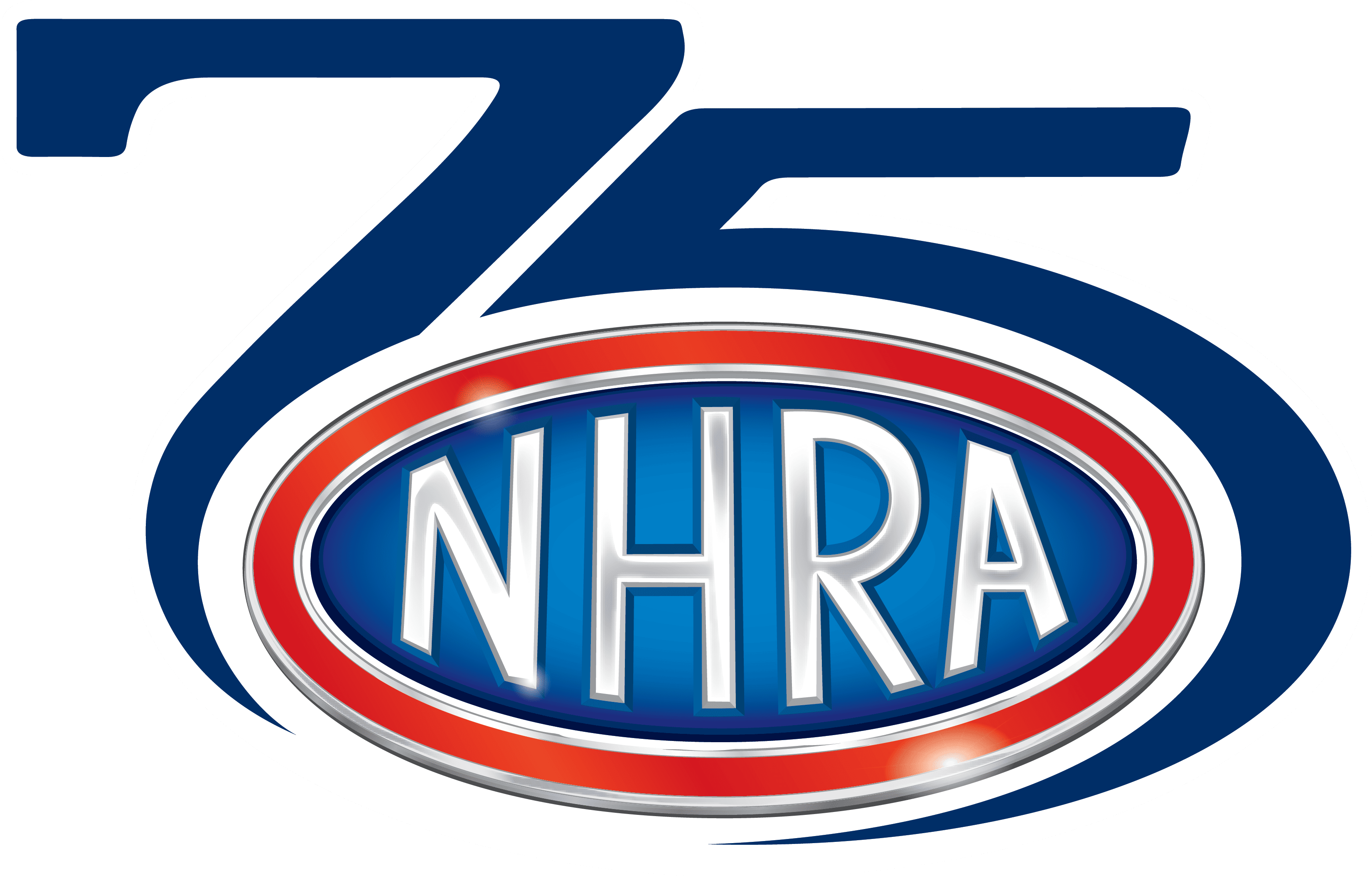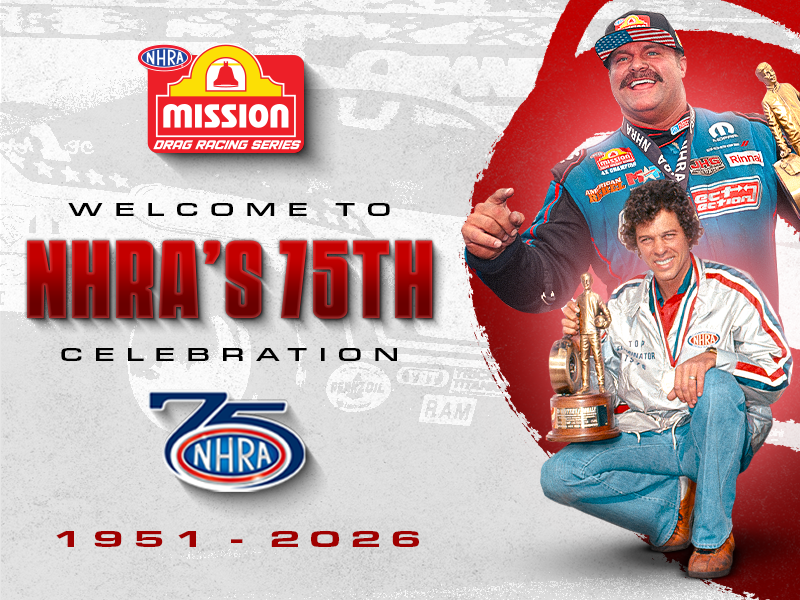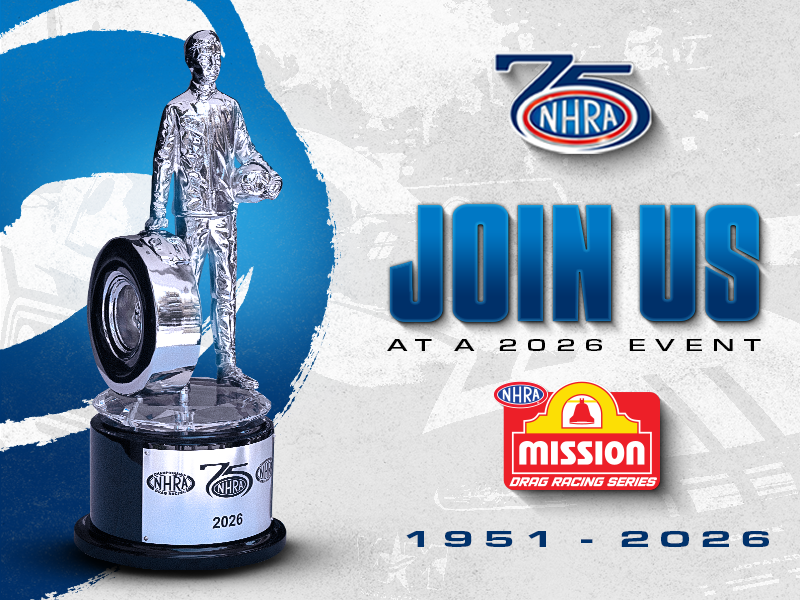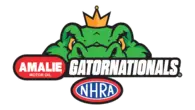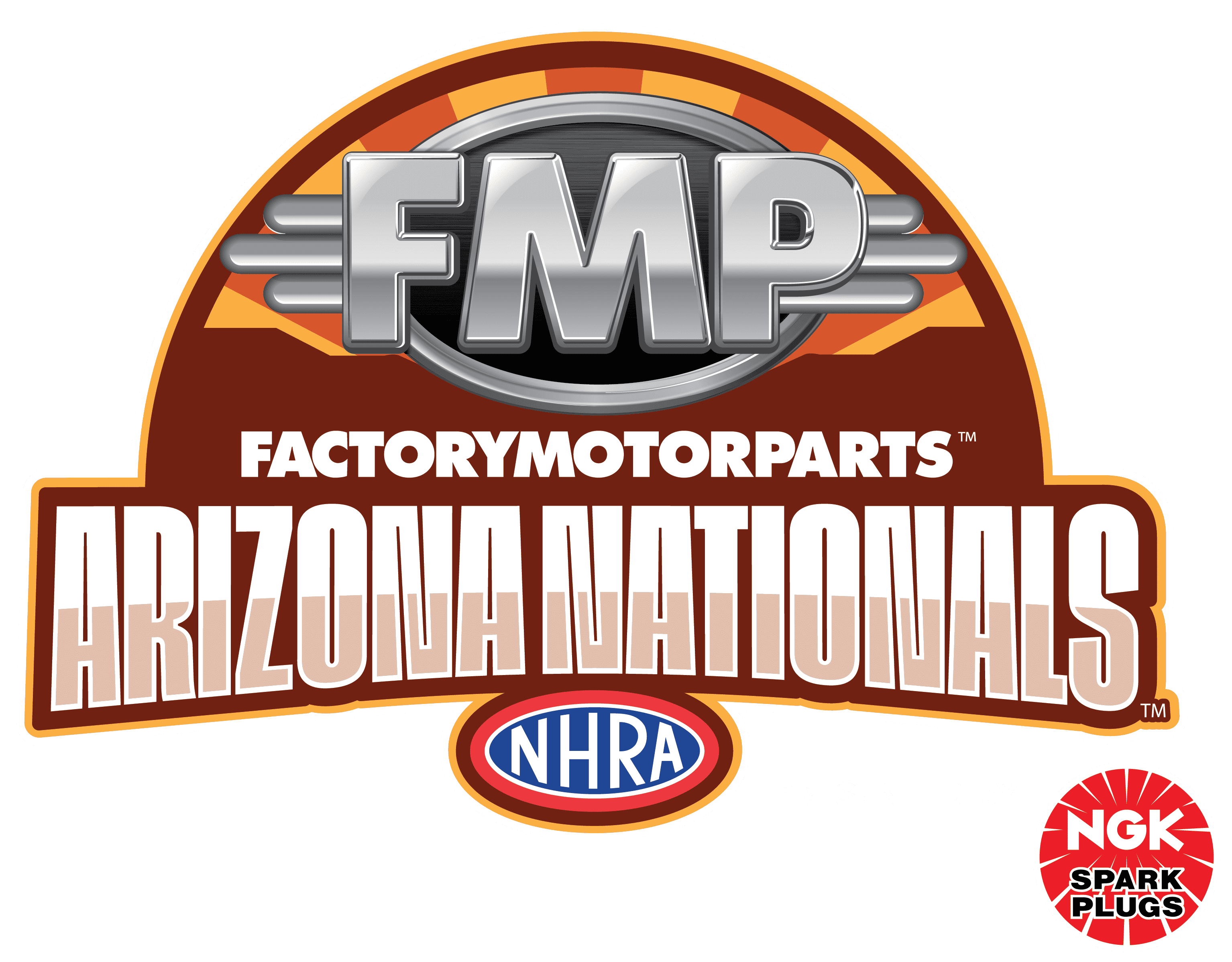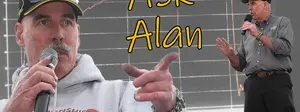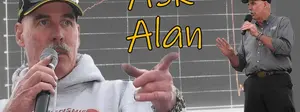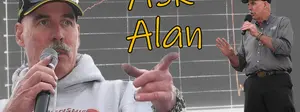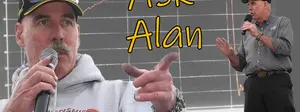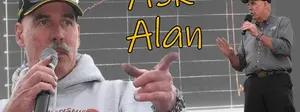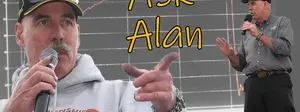Ask Alan: Pro Stock clutches, nitro shutdowns, and Super Stock GT explained
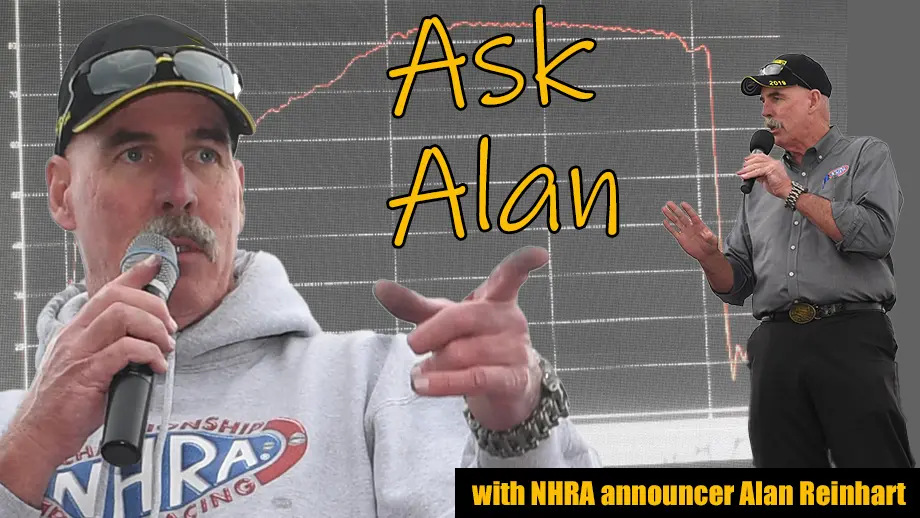
At every NHRA national event, NHRA announcer Alan Reinhart offers fans the chance to send him an email with technical questions about the race cars, the tracks, and the procedures. As part of a semi-regular feature, we’ll share those questions and answers on NHRA.com.
Fans can write to Reinhart at announcer@nhra.com.
Here we go!
What about a Pro Stock clutch makes it different than a traditional clutch? I saw a highlight one time, where when the driver went for the two-step, something went wrong and the engine went to 10,500 [rpm] and he couldn’t hold the clutch down. Why is that? Also, I’ve seen how the drivers have to hold the trans in gear or else it will come out of gear? -- Payton Wood

The clutch is a very small diameter (like 6 ¼ inches) with three discs and two floaters. They operate with static (spring) pressure and they have counterweight that will apply more squeeze at high RPM.
When you drop the clutch at the start, you need it to slip a little for anywhere from .5 to 1 second to get the car moving without knocking the tires off, as the engine speed increases the clutch locks up fully.
Then, at the gear changes when the RPM comes down, the clutch will slip a little, just for a split second, again to keep the tires hooked up.
That counterweight adds so much more force to the clutch that if the starting line rev-limiter (two-step) malfunctions and lets the engine rev all they way up to 10,500 rpm the force is such that even Godzilla could not hold the pedal down; it will push the driver's foot up and engage the clutch fully at that point, blow the tires off and junk the run. All within about a quarter of a second.
The transmissions are designed to do just one thing: accelerate under load. You do need to hold it in gear for the burnout, and while shifting going down the track, you are in high gear by four seconds into the run, so you wouldn't have time to let go of the handle anyway. Once it's in high, it will stay there as long as you are accelerating. If the driver takes his/her foot off the gas, it will kick into neutral.
And you can't downshift; you must be accelerating at all times for it to stay engaged.
On an injected nitro dragster (AFD), what’s the purpose of the tank that gets attached to the injector hat or manifold prior to startup then removed after startup? -- John Todd
They start the car on alcohol to warm-up before switching to nitro. What you're seeing is the alcohol tank, which is removed once the car is started.
I've been noticing some pretty good boomers in the nitro classes when cylinders drop but it seems the pan pressure switch doesn’t cut in and shut the car off. How come? -- Nitro Guy
A dropped cylinder doesn't increase pan pressure; a burned piston or an internal head gasket failure does. As long as the piston is intact, it will just keep pumping the nitro out of the pipe.
Can you explain the Super Stock GT class please. I don’t quite understand it. -- Joe Muro

A Super Stock GT car has an engine combination that did not come in the car. Most of the time it is an early engine in a later car.
For instance, a 1965 327 4-barrel engine in an ‘87 Camaro would be a GT car. The GT classes have been around since the early 1980s and they've added a lot of variety to Super Stock.
By the way, a new generation crate engine, like a 2018 COPO 350 dropped into a ‘69 Camaro would qualify as a Factory GT car designated FGT. That allows for even more variety and it also helps as factory parts for older cars become more and more difficult to find.
During the rain interruptions that hindered the fuel teams, I noticed a little something. I understand fuel cars are shut down by turning off the fuel. When told to shut down at the starting line (due to rain), why do the crew members race to disconnect fuel lines when the driver could just shut off the fuel? -- Matt Bernath
They want to ensure that there is absolutely no fuel left in the engine when they restart it, so they disconnect the main fuel line at the barrel valve and run it on gasoline for a few seconds to be certain that all the nitro has been purged.
They do the same thing when warming them in the pits. At the end of the run, it's not needed because the engine is going to be spinning over while the car slows down and will be taken apart before it is started again.
